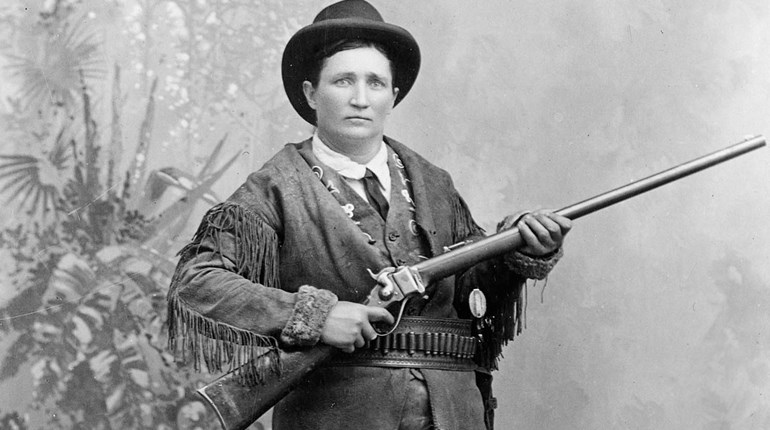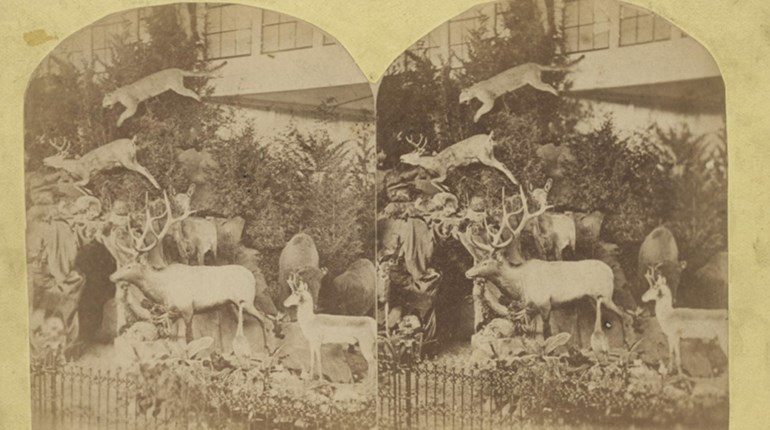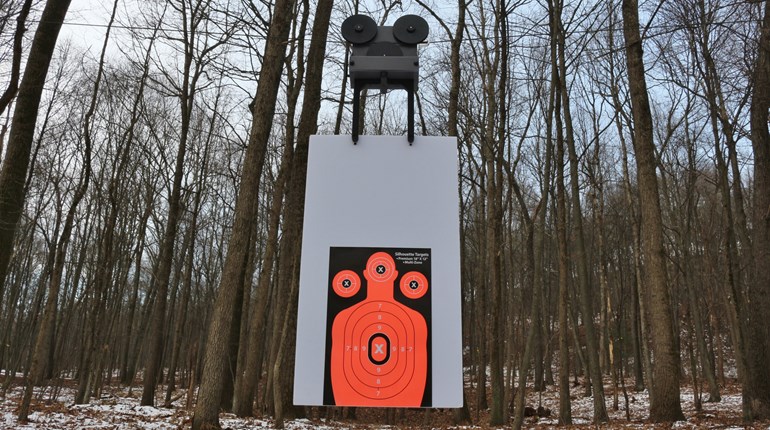
If you’re a turkey hunter, chances are your first calls came from a store. But sooner or later, most turkey hunters want to take a stab at making some calls of their own—like long-time turkey hunter Bruce Holley of Woodbridge, Va.
As a member of the Quantico Rod and Gun Club, he talked to other hunters about calls and callmaking before deciding he’d like to make one for himself. Of course, there are lots of different types of calls, but Holley was drawn to the natural beauty of box turtle calls. So when he found an empty shell while hunting in the woods one day, he decided the time had come.
It was to be his first call, but not his last. Holley has made several since then—for himself and for others. He enjoys using them along with the five or six other types of calls he takes along when hunting. In addition, says Holley, “they’re a real conversation piece.”
As to all those other calls he has with him, Holley explains, “I like to take some of everything. When I hear a gobbler, I don’t know what he’s going to answer to. I’ll use one [call] and see if he gets excited. If he does, I know he’s interested. If he won’t come—if he’s hung up—I’ll change calls. He may be more interested in another one.”
Holley picks up a turtle shell from a nearby table, a call-in-the-making that he’s promised to a friend. “You can see how I cleaned it out and polyurethaned it,” he says, turning the shell over in his hands. “Some of the shields were missing, so I just made them black and epoxied the loose ones.”
Next he’ll glue in a piece of slate, which becomes the sounding board. With the addition of a striker—a wooden or acrylic stick that is used to strike or stroke the slate—he’s ready to call in a gobbler.
Turtle Shell Call
Sound like fun? You, too, can easily make your own box turtle turkey call—if your state permits it. You see, Holley lives in a state that allows the use of box turtle shells. Some states do not. Before you proceed, call your state wildlife agency to find out what the regulations are.
Be aware that no states allow you to kill the turtle for the shell—ever. You can only use shells from turtles that died of natural causes.
(If your state doesn’t allow the use of turtle shells, you’re not out of luck. We have directions for other calls as well.)
1) Find your shell. If the base is still attached, clip it off with kitchen shears or other strong scissors.
2) Clean the shell by soaking it in a solution of ¼ cup bleach and one gallon of water for about an hour, then let it dry.
3) Repair the shell, if needed. Varnish inside and out with a coat of polyurethane.
4) Make a pattern for the slate sounding board, which will fit on—or in—your shell. Cardboard works well for this. Place the open underside of the shell on the cardboard and trace around it. Cut out the pattern. Note that one end of your pattern is tapered—skinnier than the rest.
4) Buy a child’s slate, which you can find at an office supply or craft store. Trace the outline of the pattern onto the slate with a permanent marker or chalk. Use a coping saw to cut the piece. (You may need an adult to help you with this part.)
5) With sandpaper, sand the edges of the slate until they are smooth and the piece fits the turtle shell.
6) Use a quick-setting epoxy glue to attach the slate to the bottom of the shell (or just inside it) by dabbing on the glue at four or five places where the shell meets the slate. These are called contact points. Hold the shell and the slate together until the glue is dry.
7) Get an acrylic or wooden striker.
(Note: Bruce Holley likes to glue one piece of slate inside the shell and a second one to the outside. This gives him two sounds. It’s also more work, and your call will work well with the single slate.)
Easy Options
There are plenty of other calls you can make, too. Some of them are quite simple. For instance, if you take the wire out of twelve-gauge insulated wire, you’re left with a hollow tube that makes a great turkey call when you draw air through it. “For a different sound,” says Holley, “try a different size.”
Holley also remembers the time a friend took a 22-pound gobbler using a call he made from a 35-millimeter film carton. “He took a razor blade and made a cut in the top of the lid,” says Holley, “and put a straw in through there.”
If you have two different-sized straws, you can put them together to make a call. The point is, your call doesn’t have to be fancy or expensive. By putting different types of tubes and containers together, you can make a workable call.
If you’re up for a slightly bigger challenge, you can make a wing bone turkey call, yet another type of call that sounds when you draw air through one end.

Wing Bone Call
1) For this call, you need three turkey wing bones: the biggest wing bone, from nearest the body, and the two smaller bones found in the middle section of the wing. Wild turkey wings are stronger than the wings from the turkey you get at the grocery store, but you can use either.
2) After cutting off the knobby ends, boil the bones in water for a few minutes to soften the bone marrow.
3) Remove the bones from the water and let them cool slightly. Run a piece of stiff wire through the bones to remove the marrow.
4) Sand the bones so they fit together tightly, with the smallest bone on one end, the middle-sized bone fitting onto it, and the largest bone fitting on top to make a long, slightly curved call that looks like a musical instrument. Dab epoxy glue at the spots where the bones adjoin (but don’t use too much, or you’ll block the airways). Let the glue set.
Wing Bone Variation
You can also make a call using the smallest of the three turkey wing bones, which you prepare the same way as for the wing bone turkey call—cutting off the knobby ends and boiling in water, then hollowing out the bone with a stiff wire.
1) Fit a catheter tube over one end of the bone. (You can find catheter tubing at medical supply stores.) Experiment with the length of the tube to get the sound you want.
2) Insert a cow horn to the other end of the catheter to complete your call.
Down to Business
So what are you waiting for? Pick out a call or two and give it a whirl. Like Bruce Holley, you may find that making turkey calls is a terrific and fun-filled addition to your turkey hunting activities.







































